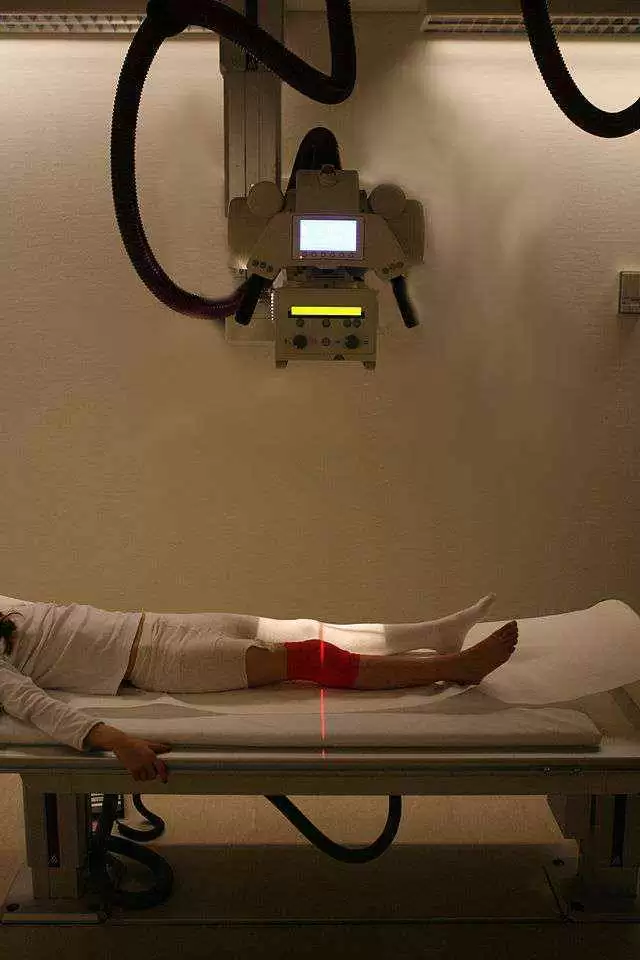Ann N Y Acad Sci 2000 May;904:564-70
Department of Medicine, Columbia University, College of Physicians and Surgeons, New York, New York 10032, USA.
Semrad CE
Celiac.com Sponsor (A12):
(Celiac.com 08/13/2000) Various gastrointestinal and liver diseases hinder the absorption of phosphate, calcium, and/or vitamin D, and are associated with an increased incidence of bone disease. Studying celiac disease, a malabsorptive disorder, best illustrates the changes in bone mineral density (BMD) that can bee seen using dual-energy X-ray absorptiomety (DXA). The chronic inflammation seen in the small intestines of a patient with celiac disease is caused by the ingestion of gluten that is found in wheat, rye or barley. This inflammation leads to intestinal atrophy and nutrient malabsorption, and primarily affects the proximal small bowel which is where calcium is best absorbed.
Approximately 70% of adults with celiac disease have abnormally low BMD values. Although treatment with a gluten-free diet will increase BMD levels in celiacs, they will still typically not reach normal levels. Since celiac disease may not be discovered in most patients until adulthood, the failure to reach normal BMD levels even after treatment can be explained in part by a failure in the patient to reach peak bone mass during developmentally important years.
Conclusion: All individuals with malabsorptive disorders should be screened for secondary bone disease. Further, the development of simpler and less expensive methods to assess BMD will facilitate screening those at risk for bone disease.







Recommended Comments
There are no comments to display.